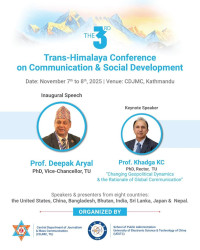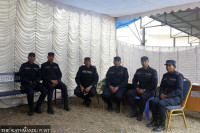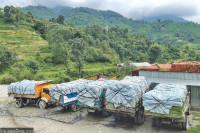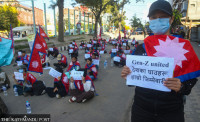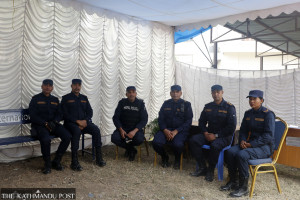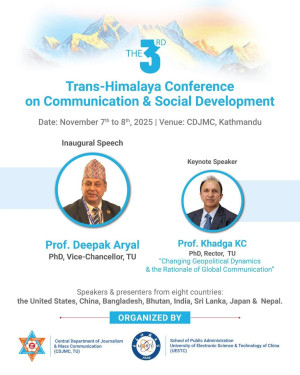Valley
Vendors ‘allowed’ to operate on streets
Outlawed street vendors of the Capital are having a field day as city authority has become lenient on them due to the current festive season and ongoing fuel crisis.
Gaurav Thapa
Outlawed street vendors of the Capital are having a field day as city authority has become lenient on them due to the current festive season and ongoing fuel crisis.
Last year ahead of the Saarc summit, the Kathmandu Metropolitan City had launched a crackdown on footpath businesses under the direction of Home Ministry to “rid the city of visual pollution” and “free up crowded footpaths”. But hawkers and costermongers have returned to the streets as the country is reeling under severe scarcity of daily essentials.
These days, street vendors can be seen in large numbers at Kathmandu’s major junctions and hangouts like Sundhara, New Road, Ratnapark, New Baneshwor, Koteshwor, Gaushala, Kalanki and Chabahil. “Municipal police come around in trucks but seem to overlook us,” said Parbat Karki, who sells shirts on the streets of New Road. “Thanks to this, we have been able to earn some money for Dashain and Tihar.”
The KMC does allow vendors into the streets before 9am and after 6.30pm to hawk their products. Other times, KMC’s municipal police reprimand the vendors, hold up their goods for one month and fine them.
Chief of KMC’s Implementation Division and head of the municipal police Dhanapati Sapkota, however, denied letting vendors run businesses on the streets. “We have been detaining 30 to 35 illegal vendors each day,” he said. “There may have been failure to act against such vendors in certain areas due to the shortage of fuel for our police vehicles.”
According to Sapkota, municipal police can patrol streets of Kathmandu in only four trucks each day but they cannot be on the lookout for footpath traders everywhere all the time.
Although the KMC declined on being tolerant of street vendors whom it calls illegal, traders like Karki are rejoicing the new opportunity. “My daily income has increased from Rs500 to Rs1,500,” he said. “I believe that the metropolis should allocate us proper space for doing our business rather than hunting us down.”
Another street vendor Raju Poudel also shared the joy. His business of ladies t-shirts in the Sundhara area has increased during this festival season. “Due to the border blockade by India, stores in Kathmandu do not have enough merchandise to fulfil holiday demand,” he said. “This is where we come in. KMC has to let us operate so that it is easier for people to shop during the ongoing crisis.”
Apart from the temporary leniency, the government has failed to find a permanent solution for Kathmandu’s roadside businesses. According to Keshab Achhami, a member of United Self-employed Traders Struggle Committee, which comprises of various trade unions across party lines, there are more than 10,000 street vendors in the Capital. After being deemed illegal, some of them have switched jobs, some have shifted to rented stores while some play hide-and-seek with the authority.




 18.12°C Kathmandu
18.12°C Kathmandu
